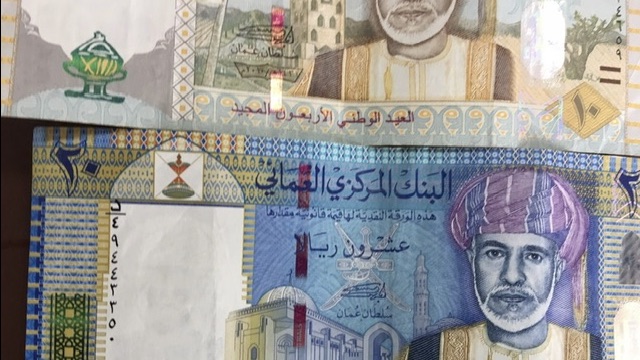On January 29, 2017, around 8 PM local time, we departed from Dubai to Oman, traveling over 500 kilometers at night in two cars.
The distance from Dubai to the border of the two countries is over 140 kilometers, and from the border to the capital of Oman, Muscat, is over 400 kilometers.
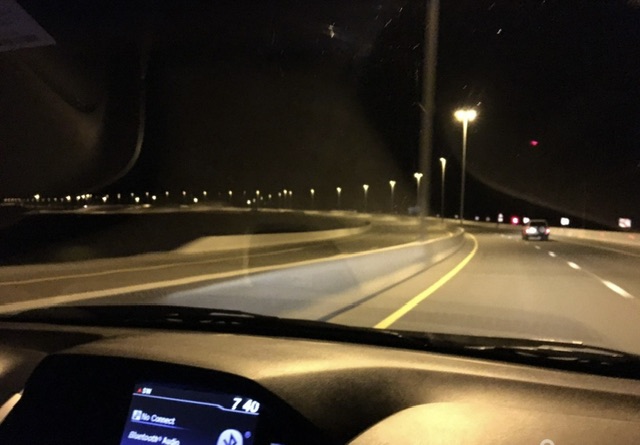
We had a brief rest while processing entry procedures at the Oman border checkpoint, where we bought drinks and coffee at a supermarket.
The Sultanate of Oman, abbreviated as Oman.
At night, two large Japanese vehicles carried our group of 11 people quickly along the highway.
Most of the highways in Oman are mountainous, and only as we approached the capital did the roads become much flatter. According to our driver, Xiao Jia, the highways between Dubai and Oman are very well constructed, better than domestic standards. We did not feel any bumps while sitting in the car, and the speed was very fast, averaging 140-150 kilometers per hour. Driver Xiao Jia was very familiar with the road conditions and occasionally slowed down when approaching speed cameras.
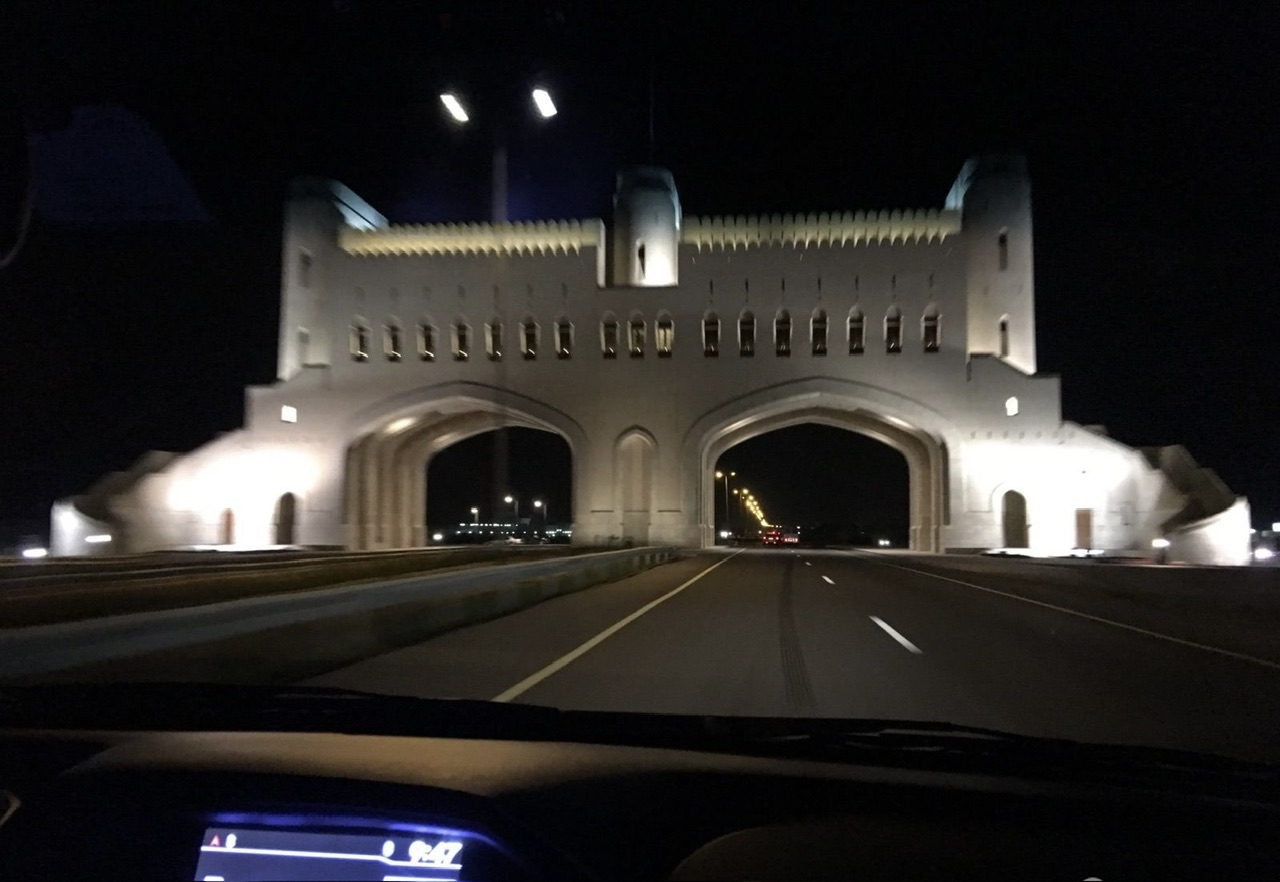
The highways between Dubai and Oman are different from those in our country; the median barriers have tall, ornate lamp posts, and the streetlights are on at night. There are few vehicles on the road, and after entering Oman, the villages along the way are lit up, with many lamp posts adorned with colorful lights.

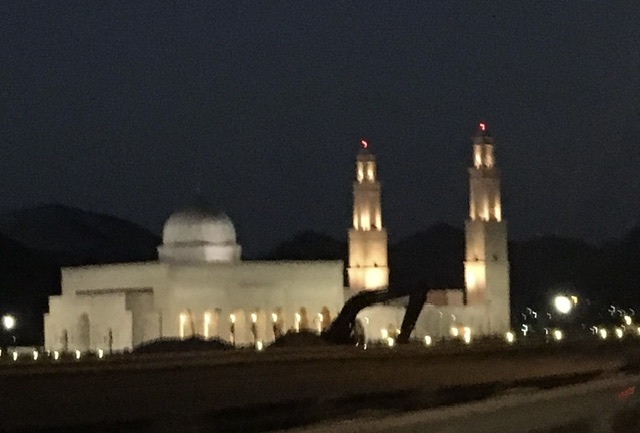
As we neared the capital of Oman, we could often see well-lit football fields and young people playing football by the roadside. Omanis are passionate about football, which explains why this small Middle Eastern country, with an area of 309,500 square kilometers and a population of 2.8 million, can be a strong contender in Asian football.
At nearly 1 AM, we checked into the IBIS MUSCAT HOTEL in the capital of Oman, Muscat.
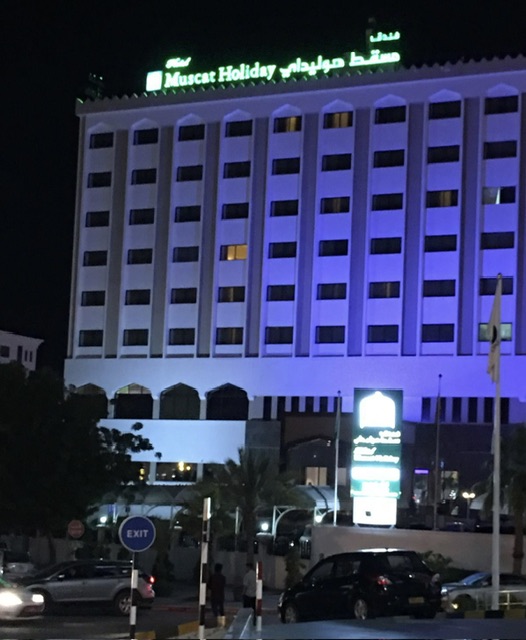
Due to the limited tourism exchanges between Oman and China, we couldn't get group discounts through domestic travel agencies. This hotel was booked two months ago by a friend from the travel agency in Beijing through Ctrip, and the full payment was made at that time.
The standard room costs 33 rials per day, equivalent to over 600 yuan, and we will stay here for three nights.
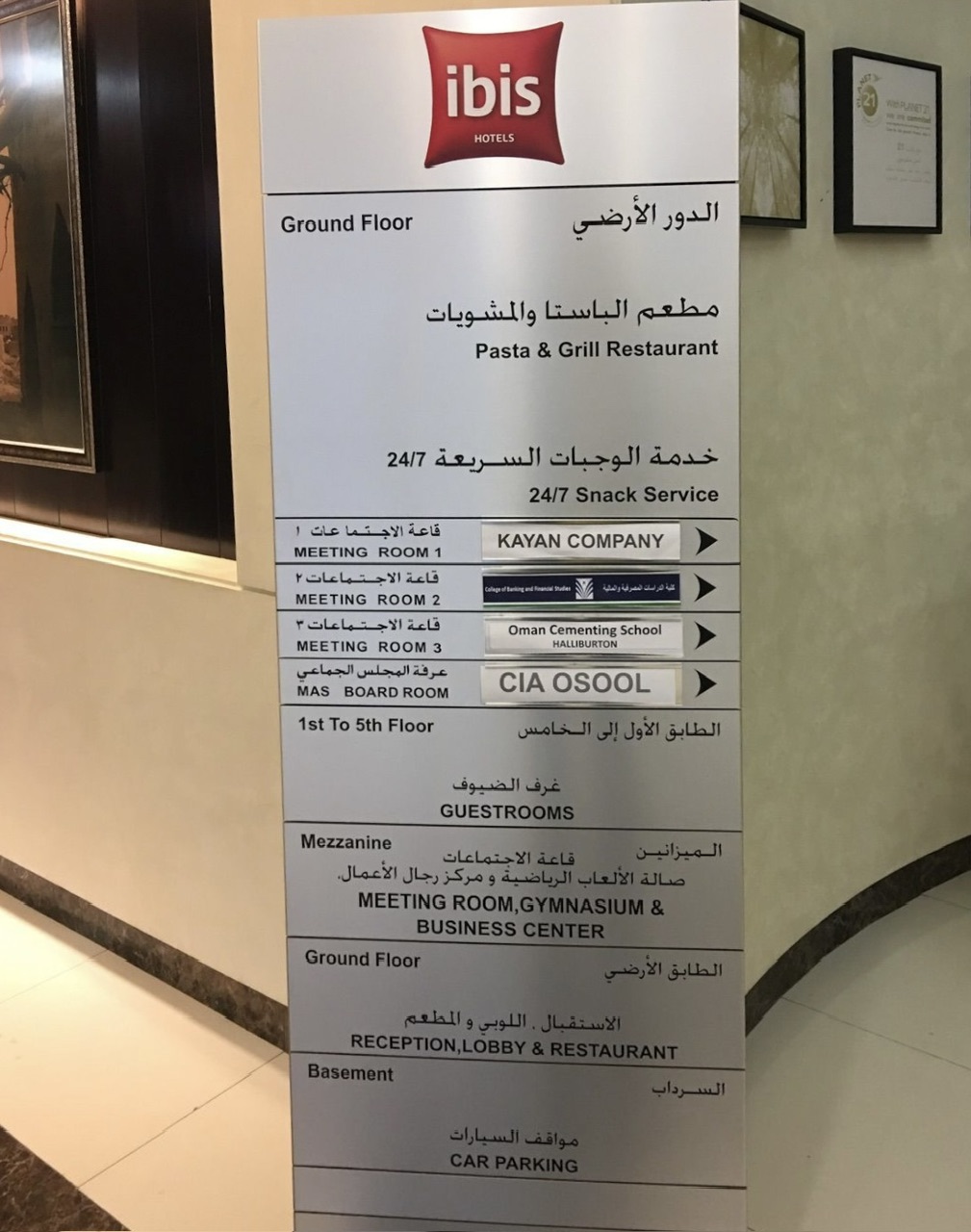
The hotel prominently displays a portrait of the king.
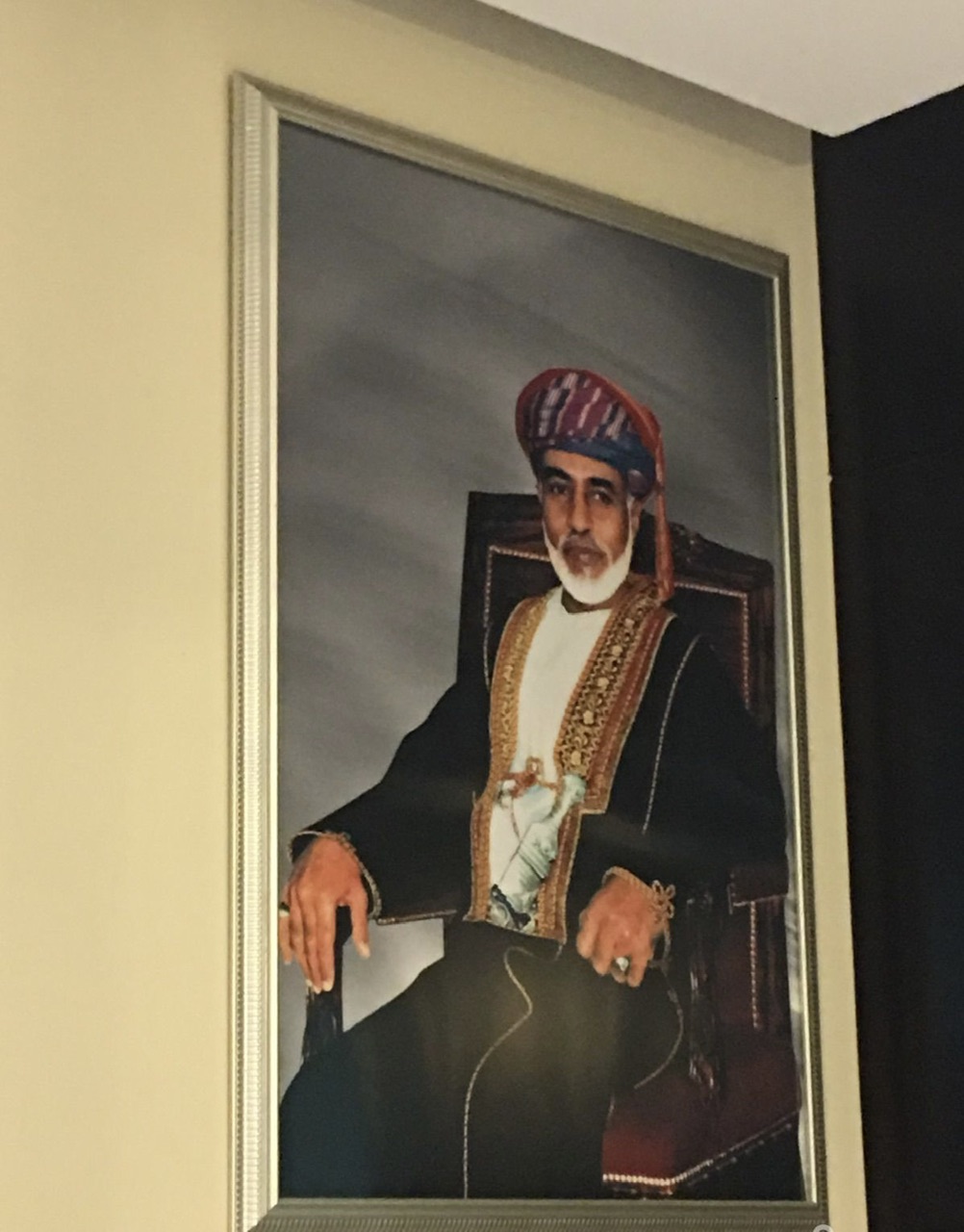
Photos of Oman's scenic landscapes are hung on the walls of the hotel.
Upon arriving in Oman, we learned that the currency is called the rial, with one rial equivalent to over 19 yuan. This is the most valuable currency I have seen for exchanging into yuan.
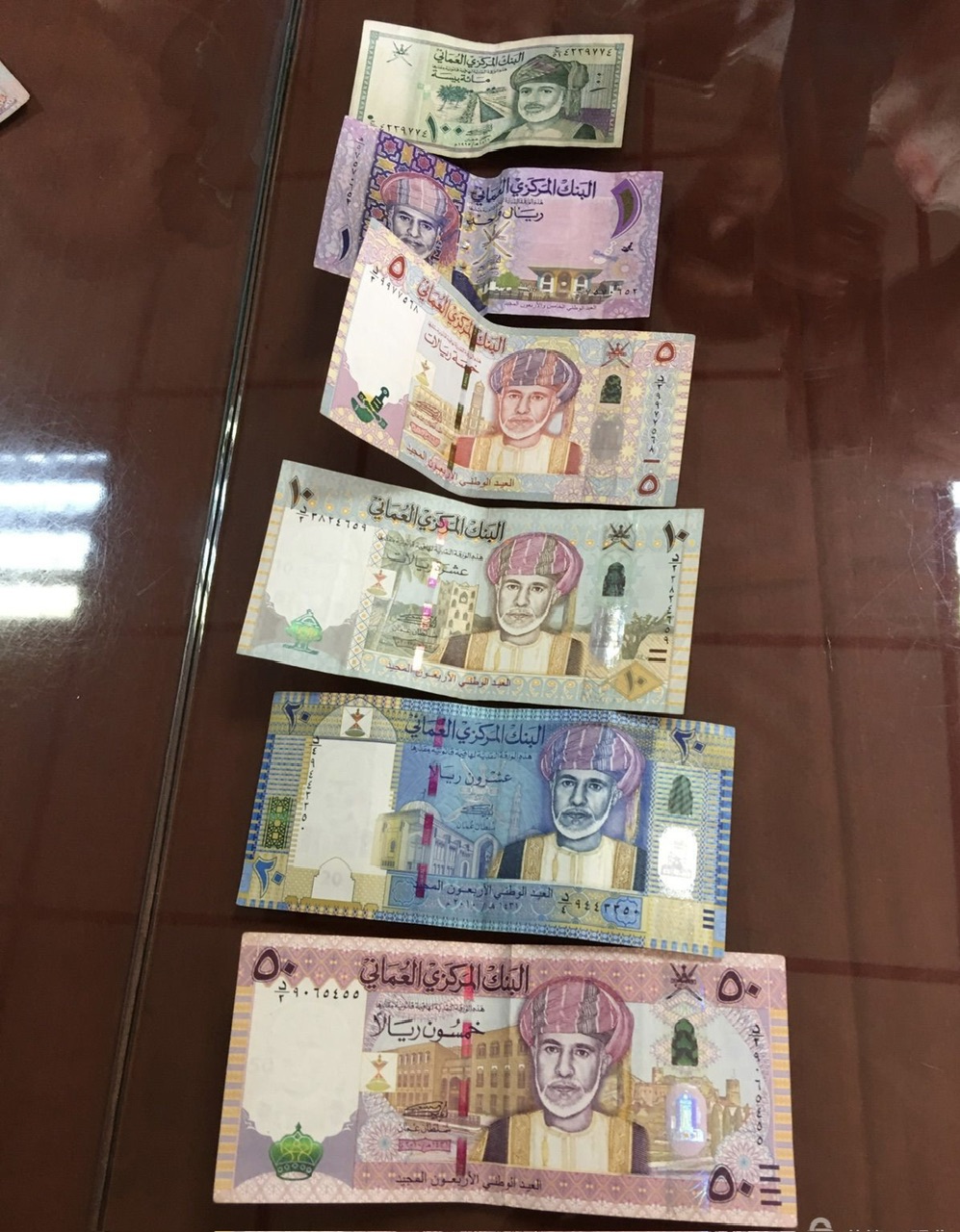
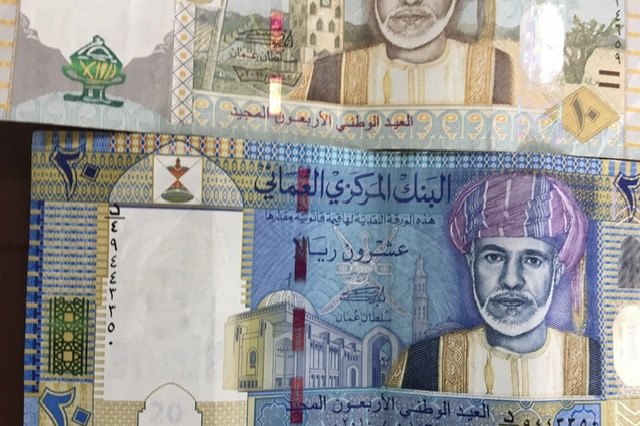
The largest denomination of the rial is 50 rials.
2.
On January 30, we had breakfast at the hotel. Since breakfast was not included in the room booking, we had to pay for the buffet breakfast ourselves, which cost 50 rials, equivalent to 100 yuan. The variety was limited and far inferior to the buffet breakfast at the Dubai hotel, but we made do.
For the following days, we had breakfast at the nearby McDonald's.
At night, we couldn't see the hotel exterior clearly, but we took a good look at it when we set off after breakfast.
The first vehicle of our trip was a large-displacement Japanese Land Cruiser with a Dubai license plate.
After breakfast, we set off for Nizwa.
The Sultanate of Oman, abbreviated as Oman, was known in ancient times as Makkan, meaning the land of minerals. It is located in the southeastern part of the Arabian Peninsula in Southwest Asia, guarding the world's most important oil export route—the Strait of Hormuz in the Persian Gulf.
Oman is the only country in the Gulf region of the Arabian Peninsula that has beaches, mountains, and deserts, boasting beautiful natural scenery and rich cultural heritage. In terms of historical sites, Oman has over 500 forts, most of which were built by the Portuguese in the 14th century and have been well-preserved.
Oman has two seasons throughout the year: from April to October is the hot season, with average temperatures exceeding 40 degrees Celsius; from November to March of the following year is the temperate season, with average temperatures around 24 degrees Celsius; from October to March, the average temperature is about 25 degrees Celsius, which is the most suitable time for travel.
Oman is a relatively non-mainstream Arab country. Politically, it is quite moderate, with a small population and a sense of tranquility; I have never heard of Oman being involved in international political issues. Religiously, the entire country belongs to the Ibadi sect, which is more moderate, and the religious atmosphere is relaxed, unlike countries such as Saudi Arabia and Iran that have large-scale religious exports. Economically, it is also very moderate, not as wealthy as other Gulf countries, but its oil reserves are sufficient to ensure a decent standard of living for its citizens, with a low wealth gap among locals.
We drove from the capital of Oman, Muscat, to Nizwa.
The scenery along the roadside in the suburbs of Muscat is very beautiful, with excellent greenery.
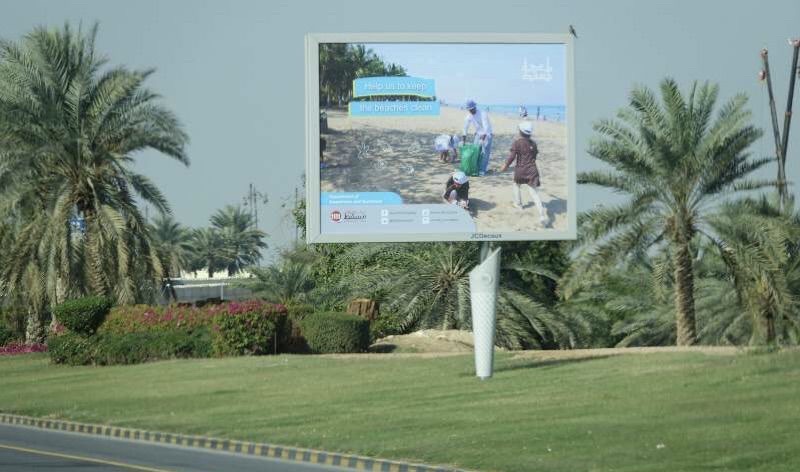
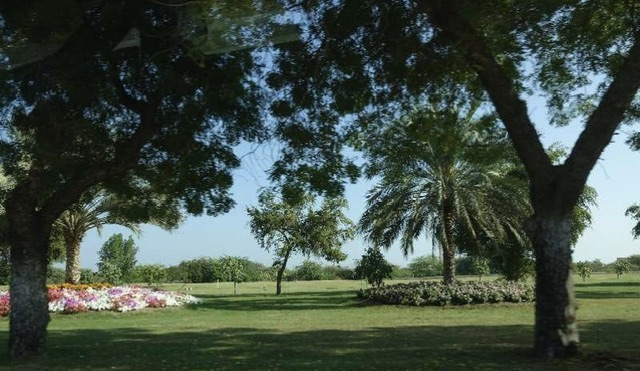
During the day, I carefully observed the ornate lamp posts along the road that I couldn't see clearly last night.
Entering the mountainous highway.
Nizwa is the largest city in the inland region of Oman, located about 200 kilometers southwest of Muscat.
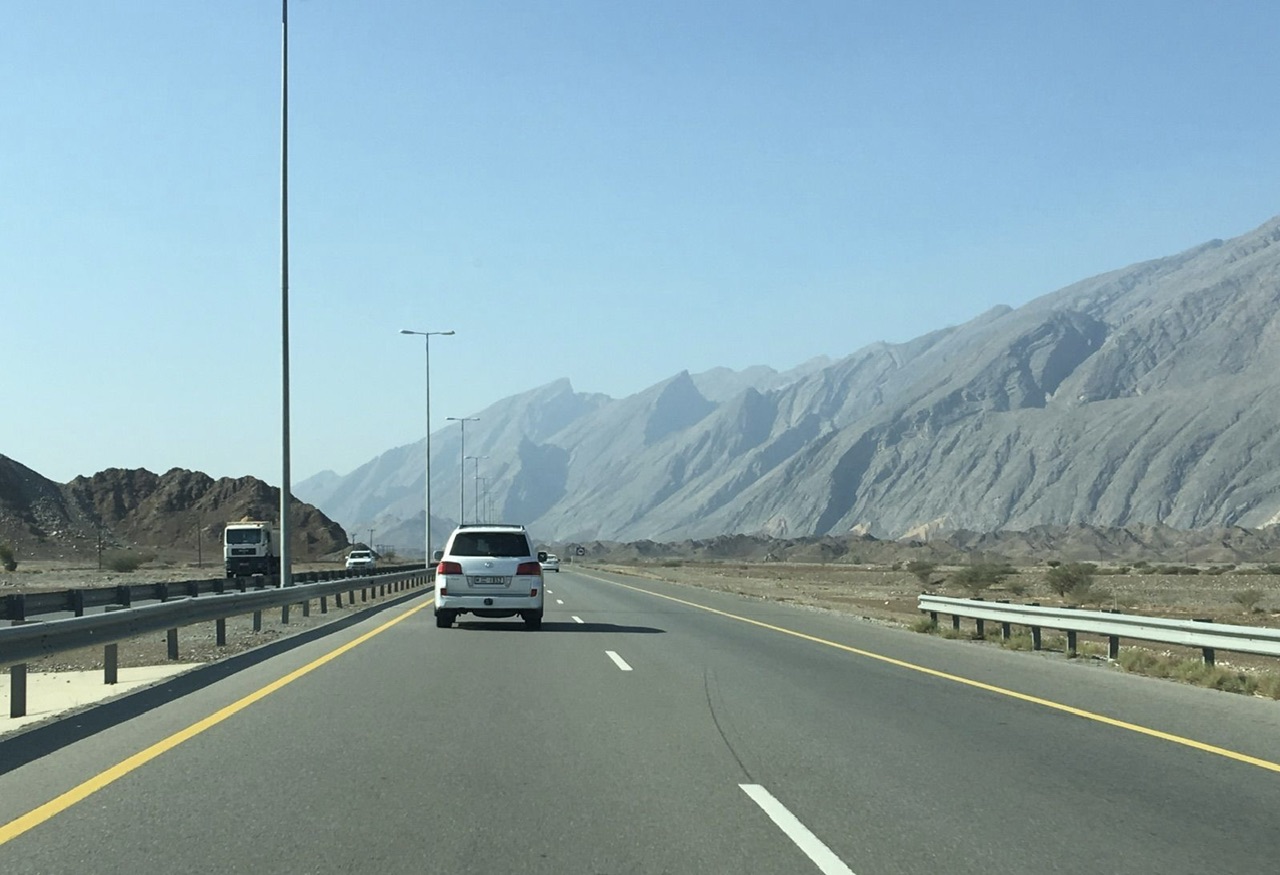
Entering Nizwa.
Nizwa Fort. This fort is divided into two parts: one part is for defense, and the other part is the market.
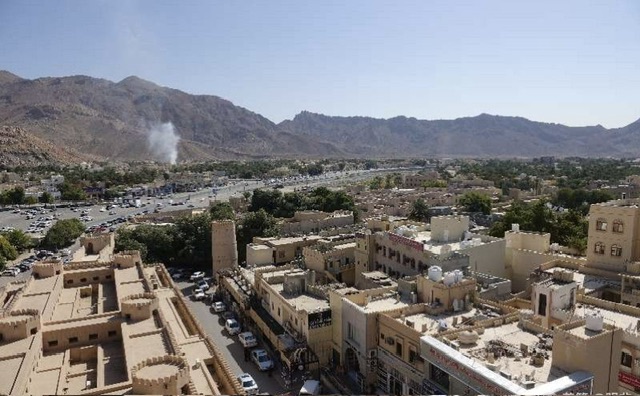
To enter the fort for a visit, you have to pass through an area selling tourist souvenirs.
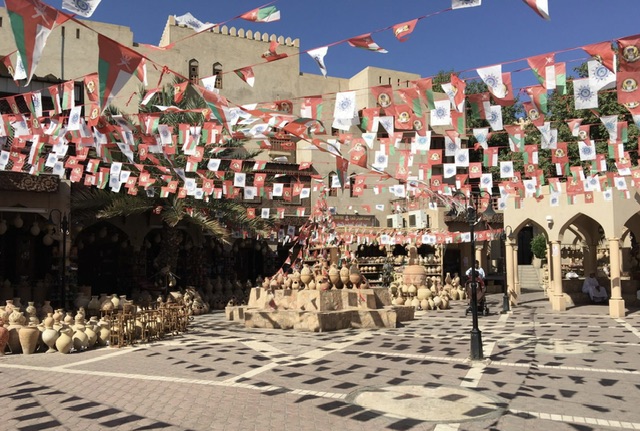
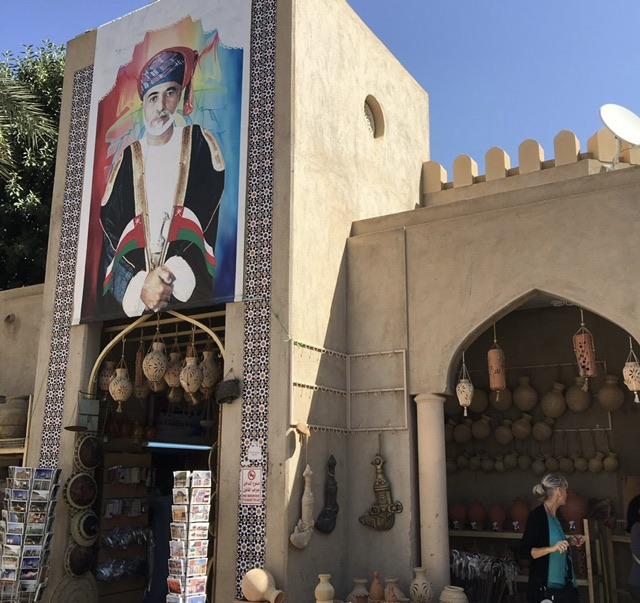
Two guys collecting entrance fees.
Nizwa Fort was built in 1668 and is the most famous historical building in the city. Inside the fort is now a museum with various dark rooms, chambers, and battlements. It is also one of the oldest and largest forts in Oman.
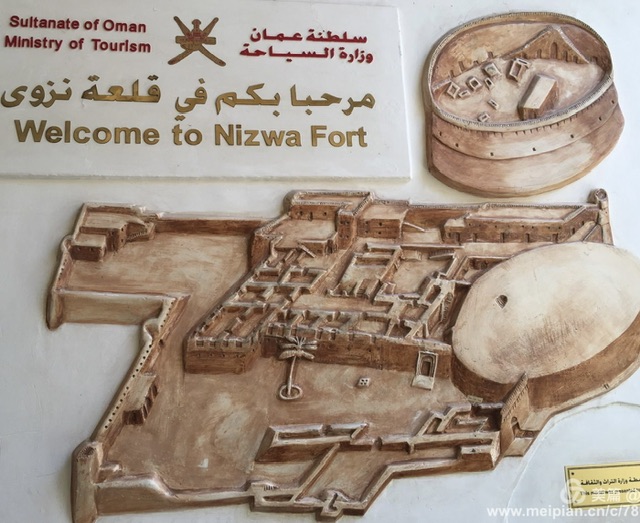
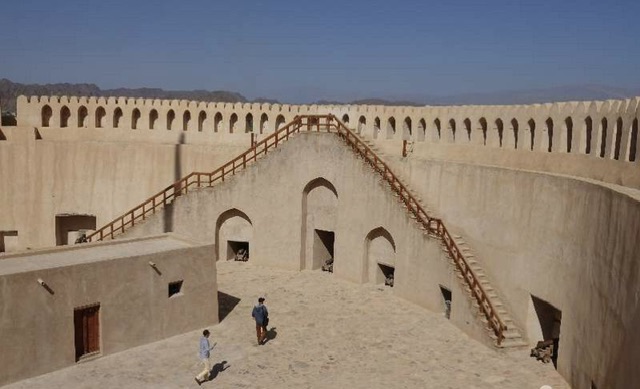
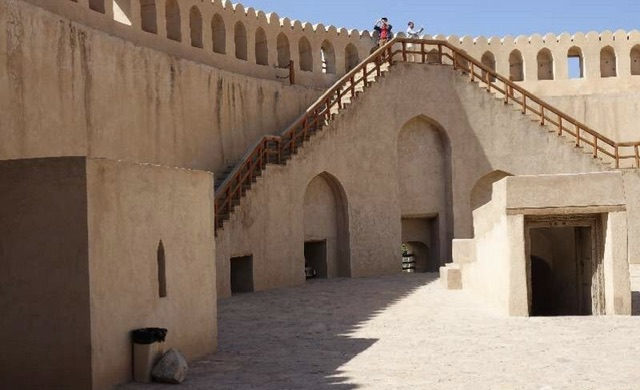
Here, one can witness the glory of Oman's history.
From the 8th century to the 17th century, it was the capital of Oman. The Nizwa Fort was built by Sultan bin Saif, the second ruler of the Yaruba dynasty, over 12 years and is the strongest fort in Oman, as well as the largest and most complete among the more than 100 ancient forts still standing in Oman.
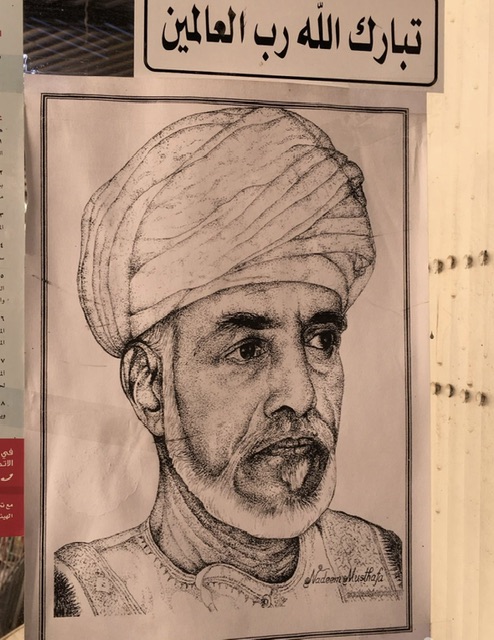
The most prominent feature of the entire building is this drum-shaped round fort, which is 30 meters high and 36 meters in diameter. The fort has seven large gates, and the basement serves as a prison, with a water supply system inside.
It is said that there are many secret passages and mechanisms within the fort.
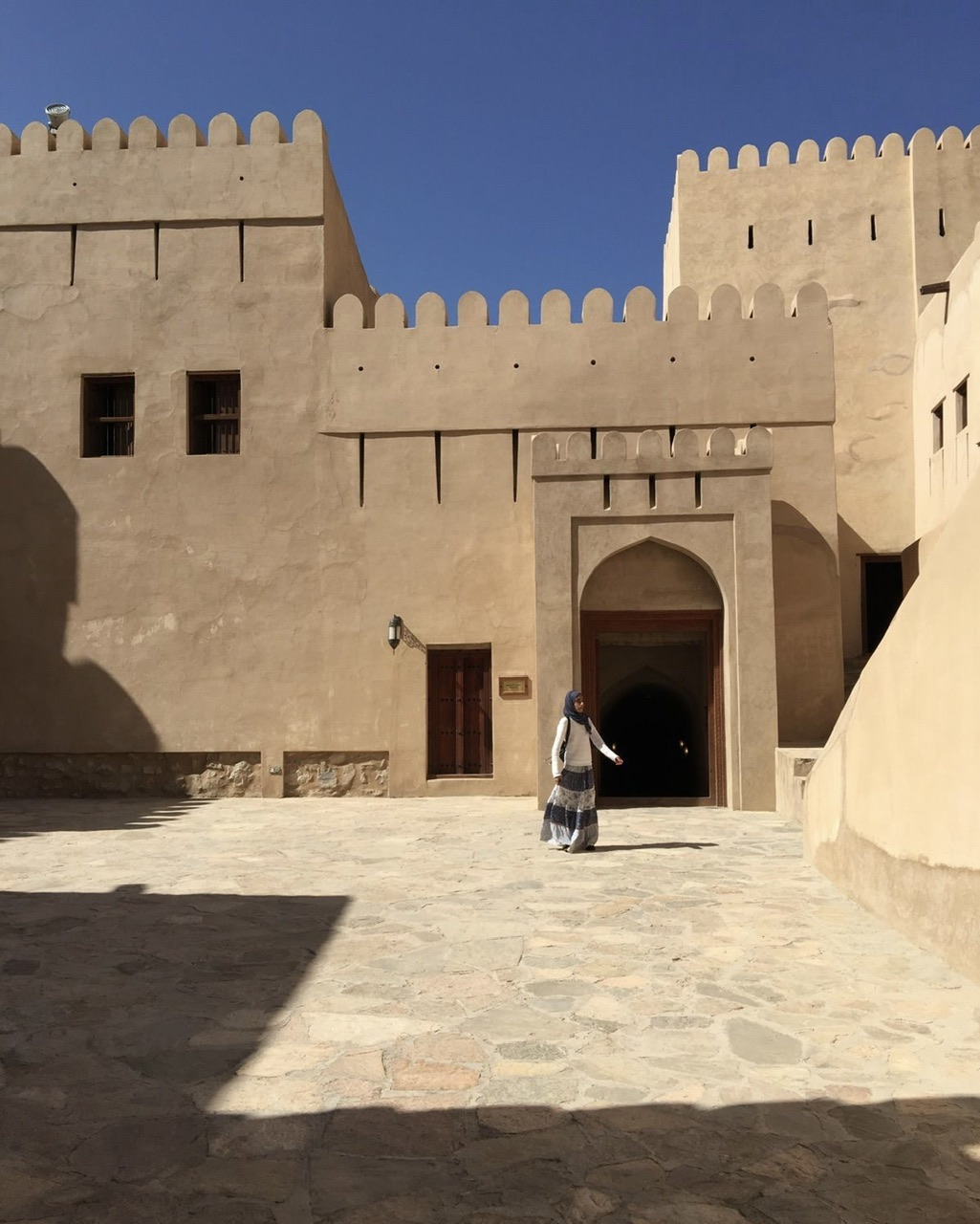
(To be continued)
